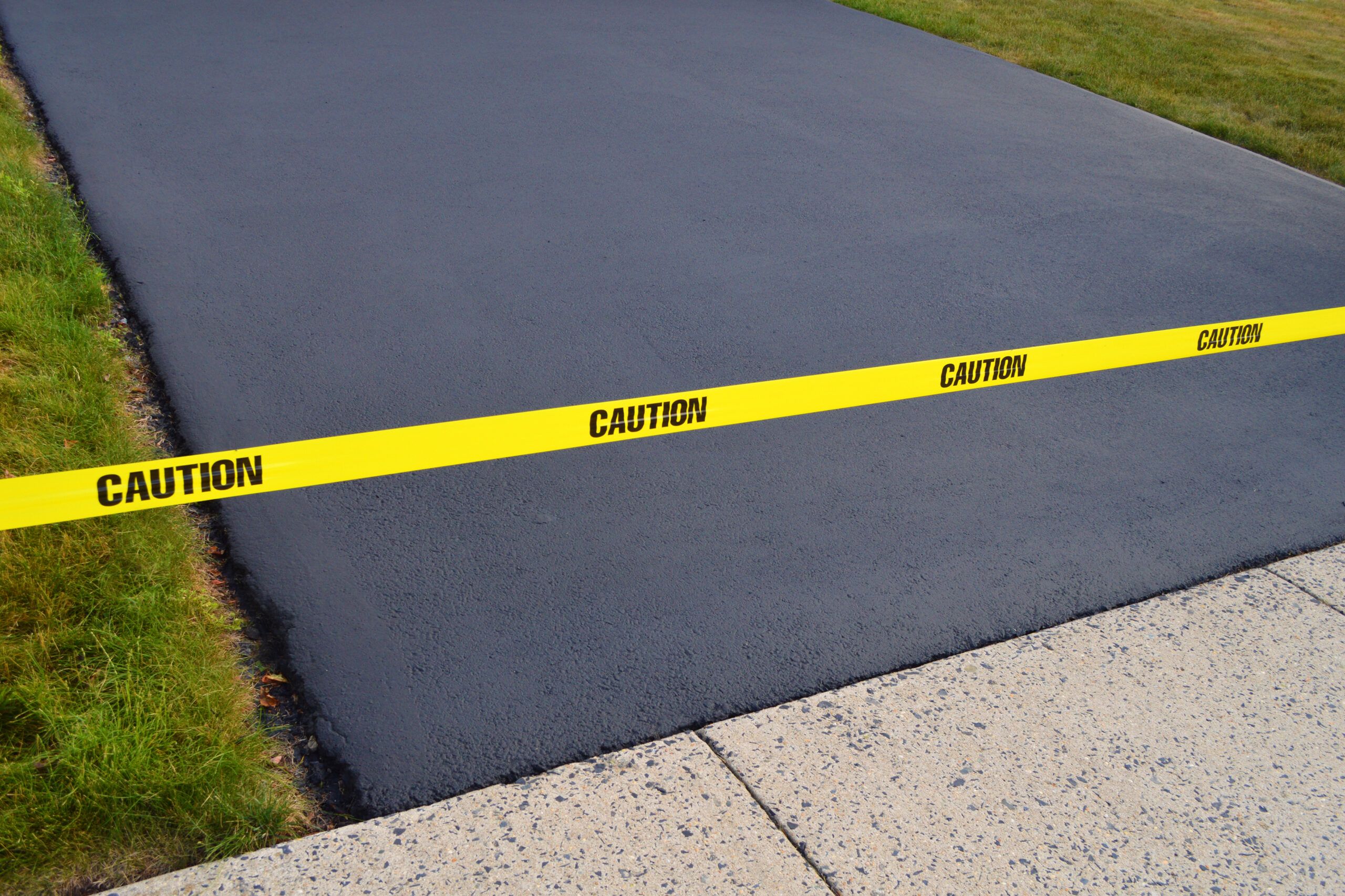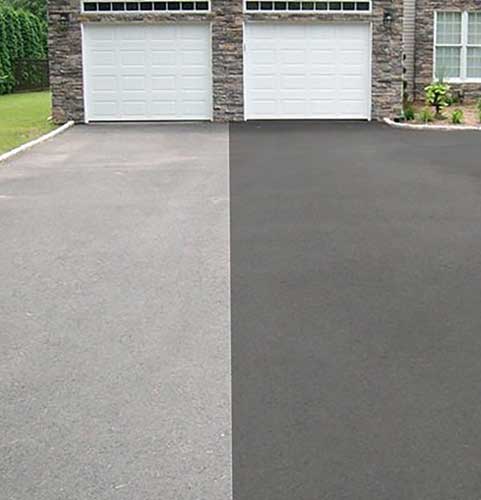Warm Mix Asphalt: A Sustainable Service for Pavement
Warm Mix Asphalt (HMA) has arised as a leading sustainable selection for sidewalk remedies, offering a myriad of ecological advantages and cutting-edge technologies. As the demand for green building and construction methods expands, checking out the subtleties of HMA's sustainability can offer important understandings into the future of sidewalk solutions.
Ecological Benefits of Hot Mix Asphalt

Moreover, Hot Mix Asphalt assists to mitigate metropolitan heat island results. Its dark shade absorbs sunlight, decreasing the quantity of warm showed back right into the environment contrasted to lighter-colored pavements. This can reduce ambient temperatures in urban areas, lowering the demand for a/c and inevitably decreasing power consumption.
Additionally, Warm Mix Asphalt adds to boosted stormwater management. Its porous nature enables water to recharge and infiltrate the pavement groundwater supplies, minimizing drainage and the threat of flooding. These ecological advantages make Warm Mix Asphalt a lasting choice for paving highways and roadways.
Energy Effectiveness in HMA Production
Is power efficiency an important consider the manufacturing of Hot Mix Asphalt (HMA)? Absolutely. Power plays a considerable function in the production of HMA, affecting both expense and environmental sustainability. One essential element of power effectiveness in HMA production is using warm mix asphalt (WMA) technologies (commercial parking lot paving). WMA enables the blending and positioning of asphalt at lower temperatures contrasted to standard hot mix asphalt, leading to decreased energy intake throughout manufacturing. This process not only decreases gas usage yet likewise decreases greenhouse gas discharges, making it an extra eco-friendly choice.
Moreover, advancements in plant innovations have led to more energy-efficient HMA manufacturing processes. By maximizing power usage in HMA manufacturing, the industry can decrease its carbon impact while keeping premium sidewalk materials.
Recyclability of Warm Mix Asphalt
The recyclability of Warm Mix Asphalt (HMA) is a pivotal element of its sustainability and lasting environmental influence. HMA is one of the most recycled products in the United States, with over 100 million tons of recovered asphalt sidewalk (RAP) being recycled each year in new pavement building and construction. Recycling HMA provides a number of ecological advantages, such as reducing the requirement for virgin products, lowering energy consumption throughout production, and decreasing the amount of waste sent to garbage dumps.
The process of recycling HMA entails grating the existing pavement, crushing it right into smaller sized pieces, and mixing it with new aggregate basics and asphalt binder to create a recycled mix. Overall, the recyclability of HMA plays a substantial duty in promoting sustainable practices within the sidewalk market.

Long-Term Efficiency of HMA
Asphalt pavements show sturdiness and strength over an extensive duration, mirroring the lasting performance of Hot Mix Asphalt (HMA) The longevity of HMA can be attributed to its ability to endure heavy website traffic lots, rough climate problems, and the results of aging. Researches have revealed that properly designed and appropriately built HMA pavements can last for twenty years or more with routine maintenance. The key to taking full advantage of the long-lasting performance of HMA hinges on utilizing high-grade products, complying with finest practices in construction, and carrying out efficient maintenance strategies. Proper water drainage, regular evaluations, and timely repairs are essential for maintaining the architectural integrity of HMA sidewalks in time. Additionally, advancements in HMA modern technology, such as making use of polymer-modified binders and warm mix asphalt, have actually further enhanced the longevity and durability of HMA sidewalks. By prioritizing top quality construction and maintenance techniques, HMA remains to prove itself as a cost-effective and lasting service for long-lasting sidewalk infrastructure.

HMA: Sturdiness and Sustainability
Showing both durability and sustainability, Warm Mix Asphalt (HMA) has become a foundation in the construction of long-lasting pavement infrastructures - commercial parking lot paving. HMA's sturdiness originates from its capability to hold up against heavy lots, severe weather, and high traffic volumes, making it a trustworthy option for highways, highways, and airport terminal runways. The structure of HMA, which typically includes accumulations, binder, and filler, plays an important role in boosting its durability and resistance to tear and put on
In addition, HMA's sustainability hinges on its recyclability and energy-efficient manufacturing process. The capability to recycle redeemed asphalt pavement (RAP) in brand-new HMA combinations reduces the need for virgin products and decreases the ecological impact of pavement building and construction and upkeep. Additionally, the energy performance of producing HMA depends on its lower blending temperature levels contrasted to various other pavement materials, causing lowered power consumption and greenhouse gas emissions.
Final Thought
In verdict, warm mix asphalt (HMA) supplies a lasting option for pavement with its environmentally pleasant attributes. HMA's recyclability, energy efficiency in manufacturing, and long-lasting sturdiness make it an environmentally friendly choice for roadway building and construction.
HMA is one of the most recycled products in the United States, with over 100 million heaps of recovered asphalt pavement (RAP) being recycled yearly in brand-new pavement building and construction.The process of recycling HMA entails grating the existing pavement, squashing i thought about this it right into smaller sized pieces, and blending it with new accumulation and asphalt binder to create a recycled mix.Asphalt sidewalks demonstrate resilience and strength over a prolonged duration, reflecting the lasting navigate to this website performance of Warm Mix Asphalt (HMA) In addition, innovations in HMA innovation, such as the usage of polymer-modified binders and warm mix asphalt, have actually additionally boosted the sturdiness and longevity of HMA pavements. The capacity to reuse recovered asphalt sidewalk (RAP) in new HMA blends decreases the need for virgin products and reduces the ecological influence of pavement construction and upkeep.